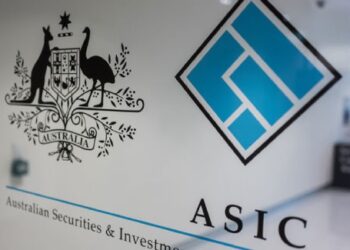Lyn Formica, head of education and content at Heffron, said at the recent Super Intensive Day that whether the investment is with a related or unrelated party, new units need to be issued at a price based on the market value of the trust, not just as a standard $1 unit.
“That issue price should also be the same for all of the investors. It shouldn’t be discounted for particular investors based on the value they bring to the table,” she said.
“Investor A should pay the same price as investor B for units with the same rights. So, even if they’re providing some services, or they might be able to bring some skill to the table, that shouldn’t be something that’s provided as a benefit through to the SMSF unit holder.”
Formica continued that if the potential investment is going to be a combination of units and loans, it is important to then make sure there is a documented commercial justification for any interest-free loans or loans where the terms are more favourable to the fund than they otherwise would have been in an arm’s length situation.
“Even where there is a loan in proportion to the unit holding, if there is any doubt about the commerciality of the loans, the commercial justification for the loans, then it’s best to give serious consideration to converting those loans into units, again, based on acquisition price, and on the market value of the trust at the time.”
“When you are looking at the trust’s gross income, make sure it is no higher than it would have been in an arm’s-length situation, and make sure you have got evidence of that. [That means] having a look at the trust’s investments and seeing what it is investing in. [Are they] private companies? Is it property? Is it all of those? Are all of those investments on arm’s length terms and conditions?”
She added that if the trust leases assets to other parties, it is also necessary to determine if the leases are on arm’s-length terms and conditions.
“The same with any loans that the trust may have made to other entities. Again, it doesn’t matter whether it’s related or unrelated, make sure that it’s on arm’s-length terms and conditions, because unrelated parties can have situations where they’re not acting on arm’s-length terms.”
“Also look at the gross expenditure of the trust and make sure it’s no less than it would have been in an arm’s-length situation, and that you have got evidence of that.”
Formica said the main items to check when investing in unit trusts are to ensure the borrowings are on arm’s length terms and conditions, and the trust is charged market rates for any services that are provided to that trust.
“Ultimately, what you’re looking for is making sure that the return that this SMSF is going to get from this trust is not too high given the risk that they’ve taken.”



I’ve lost count on how many obstinate unit trust managers I have come up against that refuse to provide a market value, or revalue the underlying assets of their property or investment trust.
They don’t have to provide this information to non-super investors, so refuse to do it for SMSFs.
Yet they are happy to keep accepting money from SMSF, either blindly or deliberately ignoring the SMSFs additional compliance requirements.
We only have ourselves to blame as auditors and accountants for many years did not push hard enough on SIS regulation 8.02B compliance. It wasn’t until SMSF auditors started getting sued and the ATO weighed in, in that it all came to a head.
Its simple, if they wont provide an annual market value for their unit trust, with substantiation, then the only way for an SMSF to rectify the breach of SIS Reg 8.02B is to redeem it, because that’s what the ATO will tell you to do. Sometimes the trust manager will change their tune when you threaten withdrawal.
We are all very good at advising clients on the compliance issues with SMSFs investing in unlisted trusts, but we should first focus on the practical issues. Ask the fund manager BEFORE you invest if they revalue their trust annually and will supply you with a market value and financial statements (preferably audited), and get that in writing.
If they won’t do that, tell them to take a hike. If your SMSF does invest, within 18 months you will probably be reported to the ATO by your auditor, and the only option for this investment will be for your SMSF to sell it anyway!
Why is this “news”? Anyone who has a SMSF investment in a property unit trust should have been regularly revaluing the units in accordance with the property held and using market rates.